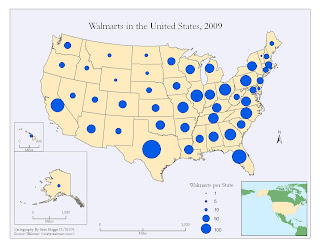 |
| Dog Park in Macon, GA |
Dog parks are facilities set aside for dogs to exercise and play off-leash in a controlled environment under the supervision of their owners. Though parks may vary, a typical dog park offers a 4 to 6 ft fence; double-gated entry and exit points; adequate drainage; benches for humans; shade for hot days; close parking; water fountains (for humans and dogs); tools to pick up and dispose of animal waste; and regular maintenance and cleaning of the grounds.
Advantages
There are many advantages to taking your dog to a dog park.
(1)
Dog Socialization Advantages
- Dog parks provide an excellent source of dog-to-dog social interaction as well as dog-to-people social interaction.
(2)
People Socialization Advantages
- Dog parks provide an excellent source of people-to-people social interaction. Dog-oriented people can meet and interaction, and from this doggy play dates can be arranged.
(3)
Physical and Mental Stimulation Advantages
- Dog parks provide an excellent source of off-leash exercise for active dogs. They allow dogs to get adequate physical and mental exercise, thereby lessening destructive and annoying behaviors in general which can benefit society as a whole.
(4)
Educational Advantages
- Dog parks provide a good opportunity for owners to learn about dogs through observation and provides the opportunity to learn from more experienced owners. It also allows for well-mannered-dog advocates to demonstrate how they turned their dog into a well-mannered dog.
(5)
Community Advantages
- Dog parks which are designed for dogs only lessen the chance of owners letting their dogs off-leash in on-leash parks.
- No cars, skateboarders, bikes, etc. likely to be encountered
- More likely to encounter people who enjoy dogs
- Could provide a location for community dog activities
Disadvantages
(1)
For People
- Potential of danger from aggressive dogs
- Potential of danger of physical injury from dog-related hazards
- Potential of lawsuits arising from dog fights
- Potential for parasites
(2)
For Dogs
- Potential of danger from aggressive dogs
- Intact dogs may create problems
- Potential for parasites and disease
- Potential for lack of impulse control and over-excitement
- Not appropriate for small and large dogs at the same time
- Potential for injury
(3)
For the Community
- Some people will not understand the concept and will abuse the park by not picking up after their dog, leaving their dog unattended, or allowing their dog to indulge in inappropriate behavior
- Some people will not be educated enough about their dogs to know if a dog park is appropriate for their dog
- Potential for noise
- Potential liability issues



















































